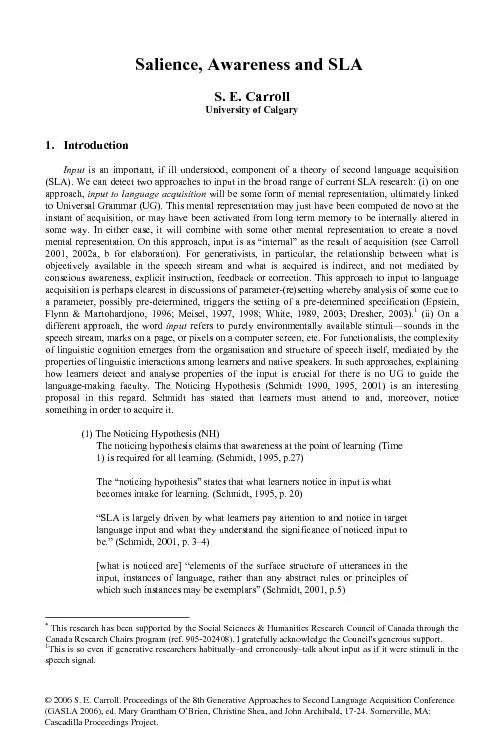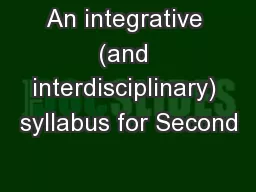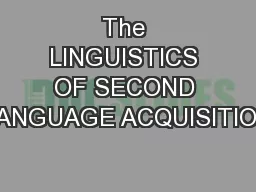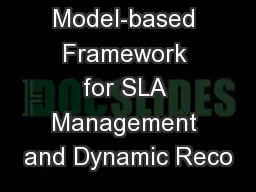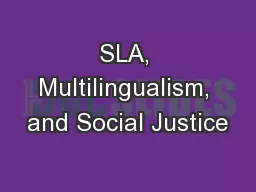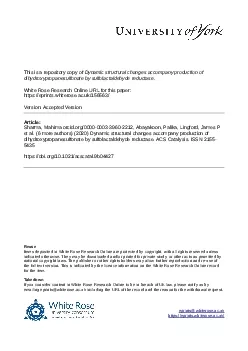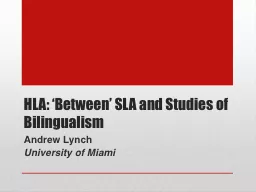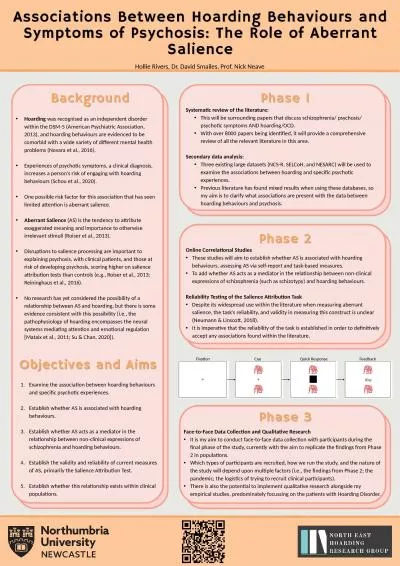PDF-Salience, Awareness and SLA
Author : pamella-moone | Published Date : 2016-07-02
S E Carroll University of Calgary 1 Introduction Input is an important if ill understood component of a theory of second language acquisition SLA We can detect two
Presentation Embed Code
Download Presentation
Download Presentation The PPT/PDF document "Salience, Awareness and SLA" is the property of its rightful owner. Permission is granted to download and print the materials on this website for personal, non-commercial use only, and to display it on your personal computer provided you do not modify the materials and that you retain all copyright notices contained in the materials. By downloading content from our website, you accept the terms of this agreement.
Salience, Awareness and SLA: Transcript
Download Rules Of Document
"Salience, Awareness and SLA"The content belongs to its owner. You may download and print it for personal use, without modification, and keep all copyright notices. By downloading, you agree to these terms.
Related Documents

